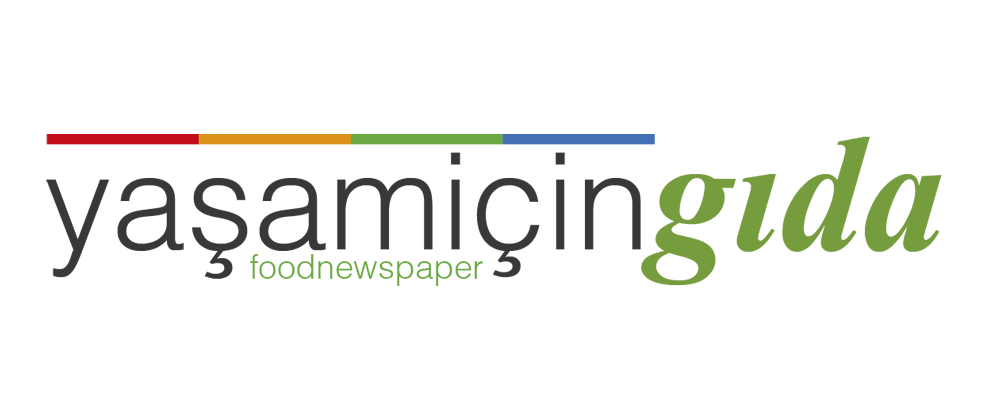The margin outlook for the global poultry industry is gradually improving after challenging conditions in Q4 2015, notably significant oversupply, according to Rabobank’s Poultry Quarterly Q1 2016. The main factors driving recovery are increasing demand, lower supply growth in key regions like the US, China, Thailand and Europe, and price support from recovering red meat markets.
The biggest factor to watch for in 2016 is Asian supply, given restrictions on breeding stock will reduce production—primarily in China, and also in Thailand and Korea—in 2H 2016. Rabobank’s Animal Protein Senior Analyst Nan-Dirk Mulder says: “This will have a strong short-term local and global market impact and will lead to local tight market conditions, increased Chinese imports and pressured Thai exports.”
Global poultry meat trade will remain highly affected by avian influenza (AI) and FX volatility. Prices for the main traded poultry cuts have dropped—by 20% for breast meat, whole birds and processed, and up to 50% for leg quarters. This freefall has now stabilized and will gradually recover in 2016, although AI outbreaks in key export markets are a wild card.
Although the global outlook for feed costs is for corn and soybean to be range-bound at current levels, big differences exist between regions, depending on FX and local crop harvest conditions. Regions like India and South Africa are hit by adverse crop conditions, while Brazil and Russia feel the impact of negative FX impacts; in Brazil, this means a more than 30 percent increase in feed costs compared to last year.
Brazil and Thailand are the big winners in trade in the short term, but changes are in the pipeline, with newcomers like Malaysia, Russia and Ukraine currently being approved for exports to key import markets. In the case of breeding, there will be a mixture of more local breeding programs (China and Russia) and inter-nationalization among GPS suppliers worldwide.


